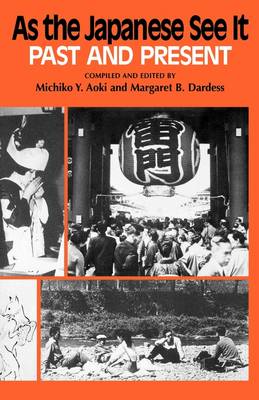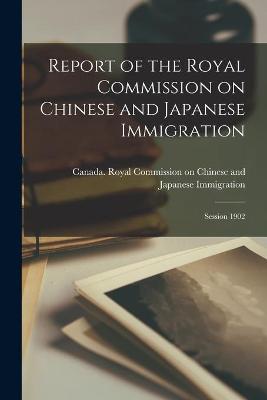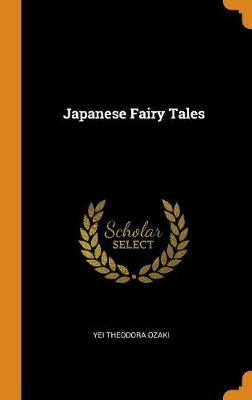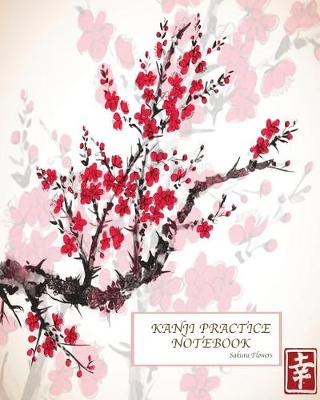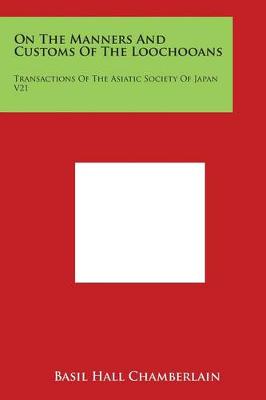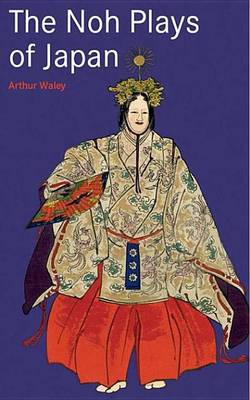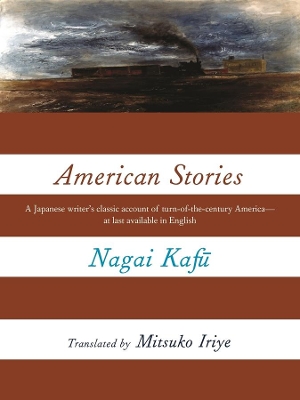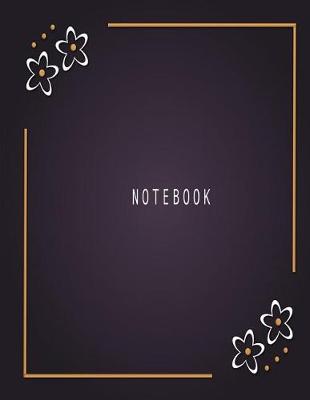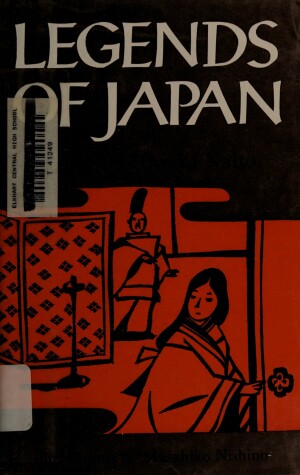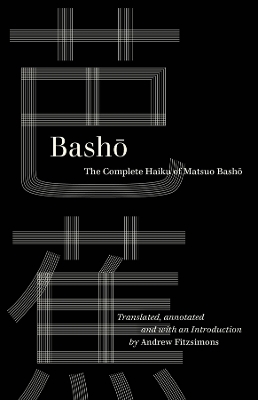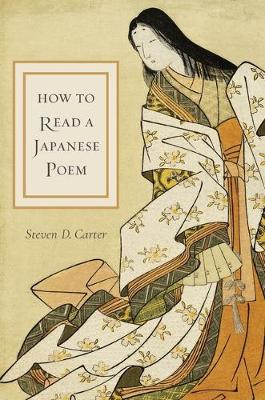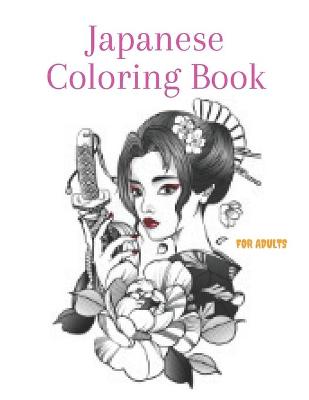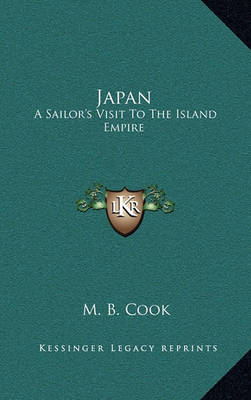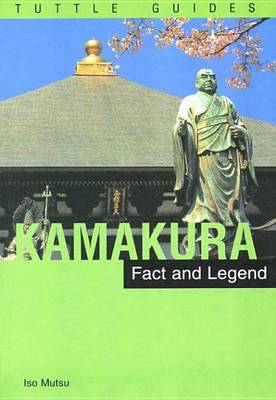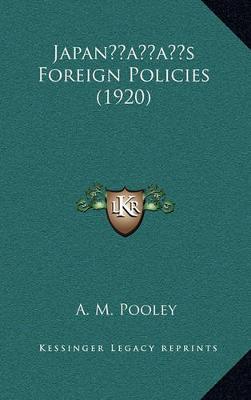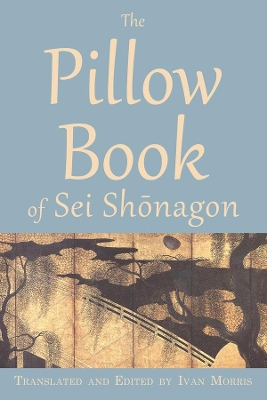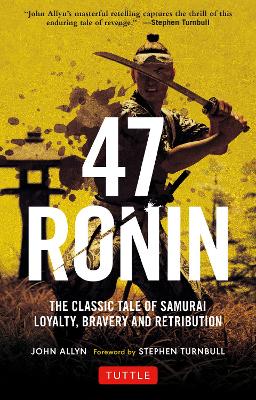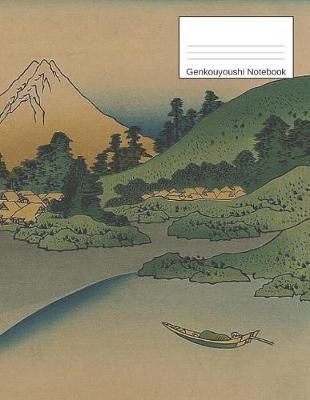As the Japanese See it
Text adopted at University of Kansas; University of Missouri, Columbia.
Japanese Fairy Tales (Akasha Classics ) (Cosimo Classics Myth & Folklore)
by Yei Theodora Ozaki
This colorfully illustrated multicultural children's book presents Japanese fairy tales and other folk stories--providing insight into a rich literary culture. The rich world of Japanese fantasy is very apparent in Japanese Fairy Tales, a compilation of twenty-two favorite stories from the land of the rising sun. A fantastic selection of ghouls, goblins and ogres, sea serpents and sea kings, kindly animals and magic birds, demons and dragons, princes and princesses hide within these pages. These...
A reprint of the famous collection of Japanese historical stories, fairy tales, customs, and traditions, compiled by one of the first foreign diplomats in Japan.
On the Manners and Customs of the Loochooans
by Basil Hall Chamberlain
Noh Plays of Japan (Tuttle Classics of Japanese Literature)
by Arthur Waley
Noh plays live on as a magnificent artistic heritage handed down from the high culture of medieval Japan. Among the major types of Japanese drama, the No, which is often called the classical theatre of Japan, has had perhaps the greatest attraction for the West. Introduced to Europe and America through the translations of Arthur Waley and Ezra Pound, it found an ardent admirer in William Butler Yeats, who described it as a form of drama 'distinguished, indirect, and symbolic' and created plays i...
Nagai Kafu is one of the greatest modern Japanese writers, but until now his classic collection, American Stories, based on his sojourn from Japan to Washington State, Michigan, and New York City in the early years of the twentieth century, has never been available in English. Here, with a detailed and insightful introduction, is an elegant translation of Kafu's perceptive and lyrical account. Like de Tocqueville a century before, Kafu casts a fresh, keen eye on vibrant and varied America-world...
Twenty-two tales drawn from two Japanese masterpieces, the Konjaku Monogatari and the Tsurezure Gusa, by Kenko Yoshida, of the Heian and Kamakura periods.
This is the essential English edition of the complete poems of the eminent Japanese master of the haiku, Matsuo Bashō. Matsuo Bashō (1644–1694) is arguably the greatest figure in the history of Japanese literature and the master of the haiku. Bashō: The Complete Haiku of Matsuo Bashō offers in English a full picture of the haiku of Bashō, 980 poems in all. Andrew Fitzsimons’ translation is the first to adhere strictly to form: all of the poems are translated following the syllabic count of t...
How to Read a Japanese Poem offers a comprehensive approach to making sense of traditional Japanese poetry of all genres and periods. Steven D. Carter explains to Anglophone students the methods of composition and literary interpretation used by Japanese poets, scholars, and critics from ancient times to the present, and adds commentary that will assist the modern reader. How to Read a Japanese Poem presents readings of poems by major figures such as Saigyo and Basho as well as lesser known poe...
The Pillow Book of Sei Shōnagon (Translations from the Asian Classics)
The Pillow Book of Sei Shonagon is a fascinating, detailed account of Japanese court life in the eleventh century. Written by a lady of the court at the height of Heian culture, this book enthralls with its lively gossip, witty observations, and subtle impressions. Lady Shonagon was an erstwhile rival of Lady Murasaki, whose novel, The Tale of Genji, fictionalized the elite world Lady Shonagon so eloquently relates. Featuring reflections on royal and religious ceremonies, nature, conversation, p...
A classic tale that will captivate lovers of Japan, history, and epic adventure alike. Japan's most celebrated tale of chivalry, loyalty and revenge-and the basis for a Hollywood feature film starring Keanu Reaves-47 Ronin is the epic tale of a heroic band of Samurai warriors who defy the Japanese Emperor to avenge the honor of their fallen master. The story begins in 1701 when the noble Lord Asano attacks an official at court. His punishment is swift and harsh-the Emperor orders Lord Asano...
Written during the 1960s, this courageous work explores the intolerance and bigotry faced daily by Japan's largest minority group, the Burakumin.
